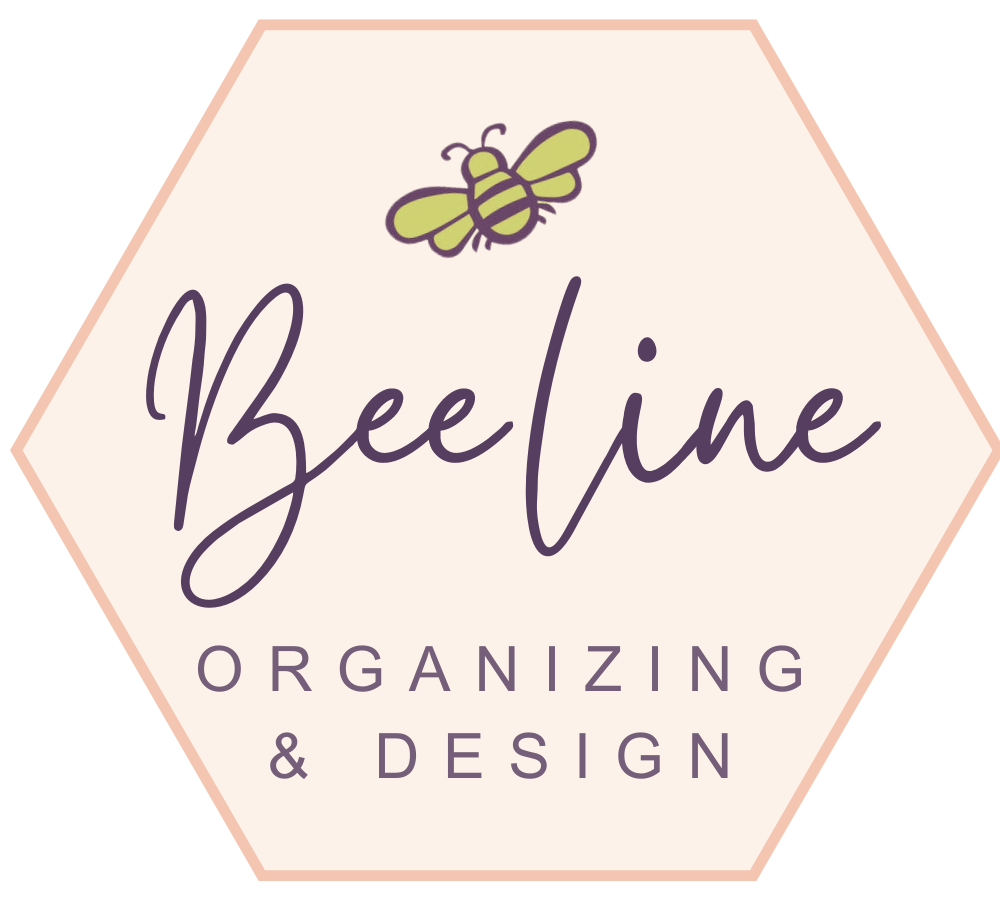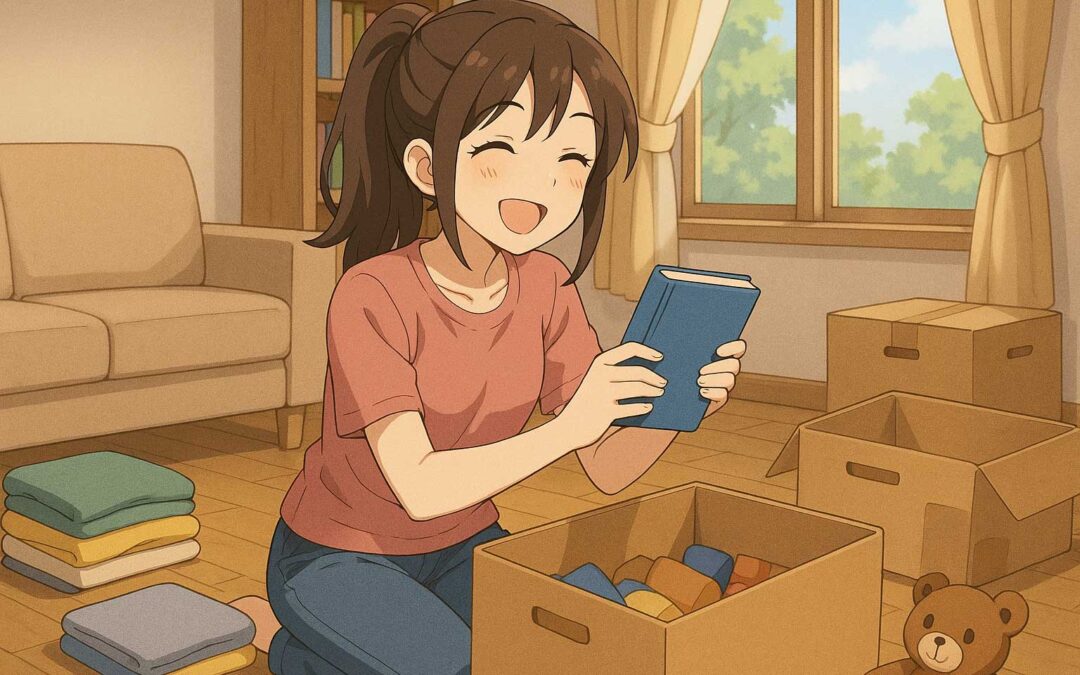What is the 20/20 Rule for Decluttering?
Decluttering can be a daunting task, especially when you’re overwhelmed by the sheer amount of stuff in your home. The 20/20 rule for decluttering offers a simple, practical approach to help you effectively manage your belongings and create a more organized living space. More importantly, it aligns with sustainable practices, offering ecological benefits to decluttering that contribute positively to the environment.
In this blog post, we will explore what the 20/20 rule for decluttering entails, how to apply it in your daily life, and why embracing this method can have notable ecological benefits to decluttering.
Understanding the 20/20 Rule for Decluttering
The 20/20 rule is straightforward: if an item can be replaced for $20 or less, and it hasn’t been used in 20 months, it’s time to let it go. This rule helps you objectively decide which possessions no longer serve you and are taking up unnecessary space.
Breaking down the rule:
- $20 or less: The item’s replacement cost is inexpensive and easily replaced.
- 20 months: The timeframe reflects how long it’s been since you last used the item.
If both these conditions are met, it’s probably a good candidate for decluttering.
This rule serves as a practical guideline when you feel stuck or emotionally attached to your possessions. It reduces decision fatigue by using clear criteria, encouraging you to take action rather than procrastinate.
How to Apply the 20/20 Rule in Your Home
Applying the 20/20 rule can be both empowering and freeing if done correctly. Here’s a step-by-step guide to help you get started:
Step 1: Set Aside Time for Decluttering
Choose a specific day or a set block of time when you won’t be interrupted. Decluttering requires focus, and the more consistent you are with this routine, the more effective it will be.
Step 2: Categorize Your Items
Focus on a particular category at a time, such as clothes, kitchen gadgets, or books. Having smaller goals helps you stay motivated and prevents overwhelm.
Step 3: Use the 20/20 Rule as Your Guide
For each item, ask yourself:
- Can I replace this for $20 or less?
- Have I used it in the last 20 months?
If you answer “yes” to both questions, it’s okay to release the item guilt-free.
Step 4: Donate, Recycle, or Sell Responsibly
Identify options for items you decide to part with. Consider donating to charity organizations, recycling if possible, or selling valuable items online. Responsible disposal is key to maximizing the ecological benefits to decluttering.
Ecological Benefits to Decluttering with the 20/20 Rule
Decluttering isn’t just about freeing up space in your home—it can also have a positive impact on the environment when done thoughtfully.
Reduced Waste and Landfill Contributions
Items left unused for months often end up discarded irresponsibly, adding to landfill waste. By following the 20/20 rule, you selectively remove seldom-used items that can be recycled, reused, or donated instead of tossed in the trash.
Promotes Sustainable Consumption Habits
The rule encourages mindful evaluation before new purchases. Knowing that you should be able to replace an item for $20 or less guides you to avoid expensive, non-essential products and reduce overall consumption.
Supports a Circular Economy
Donating or selling items promotes reuse and recycling, preventing useful goods from becoming waste prematurely. This aligns with circular economy principles, where resources are kept in use for as long as possible.
Less Clutter, Less Energy
A well-organized and clutter-free living space is easier to clean and maintain, which can reduce energy use for heating, cooling, and lighting by improving airflow and space efficiency.
Common Misconceptions About the 20/20 Rule
While the 20/20 rule is practical, some people worry it might be too rigid or oversimplified. However, the rule is meant to be a guideline, not a strict law. It’s okay to keep sentimental items or valuable heirlooms even if they don’t meet the 20/20 criteria, as long as they have personal meaning.
Others feel guilty about parting with possessions, but understanding the ecological benefits to decluttering can ease that guilt by knowing you’re making thoughtful, environmentally conscious decisions.
Final Thoughts
The 20/20 rule for decluttering offers a clear and manageable method to reclaim your living space without feeling overwhelmed. By using this rule, you not only simplify your belongings but also contribute to ecological benefits to decluttering — reducing waste, encouraging sustainable habits, and supporting reuse.
If you’ve been putting off decluttering, give the 20/20 rule a try. It’s a practical approach that makes the process less intimidating and helps you make mindful choices about the things you keep. In the end, a decluttered home equals a clearer mind and a smaller environmental footprint—a win-win situation for you and the planet.
Contact us today and let us help you declutter your space!

